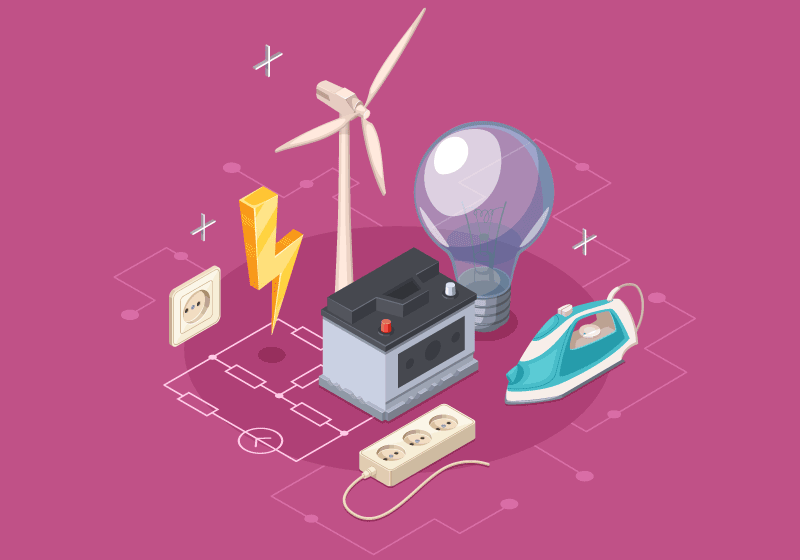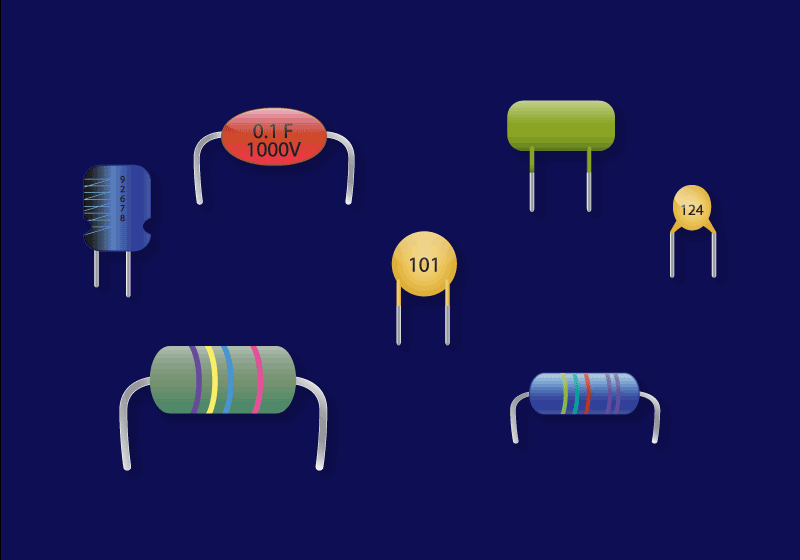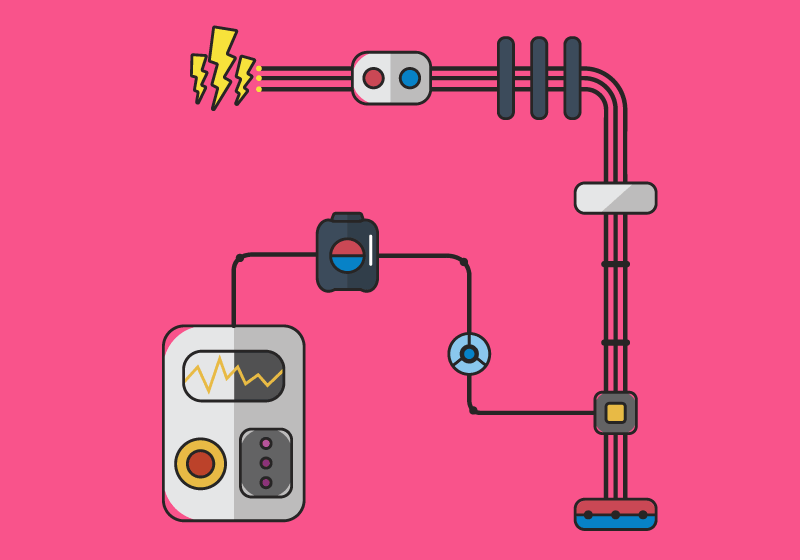Charge
The size of the current is the rate of flow of charge. Electrons are negatively charged particles which transfer energy through wires as electricity.
What is Charge?
The size of the current is the rate of flow of charge. Electrons are negatively charged particles which transfer energy through wires as electricity. Charge is measured in coulombs (C). Electrons are really small and the effect of one electron would be really difficult to measure, It is easier to measure the effect of a large number of electrons. One Coulomb of charge contains 6 × 1018 electrons.
Charge equation
To calculate Charge we use this equation.
$Q = { \mathit I \, \mathit t} $
Charge demo
In this tutorial you will learn how to calculate the the charge flowing in an electrical circuit.
Chilled practice question
Calculate the charge when a current of 16 A flows for 2 minutes.
Frozen practice question
How long must a current of 26 A flow to transfer 936 KC.
Science in context
The size of the current is the rate of flow of charge.
Millie’s Master Methods
Millie’s Magic Triangle
The ability to rearrange equations is the first step to successfully solve Physics calculations. Millie’s…
Calculation Master Method
Performing and mastering this routine will guarantee you maximum marks when solving Physics calculations. Calculation…
The Fridge Physics Store
Teacher Fast Feedback
Feedback to students in seconds – Voice to label thermal bluetooth technology…
Get Fridge Physics Merch
Why not buy a Fridge Physics baseball cap, woollen beanie, hoodie or polo shirt, all colours and sizes available. Free delivery to anywhere in the UK!…










